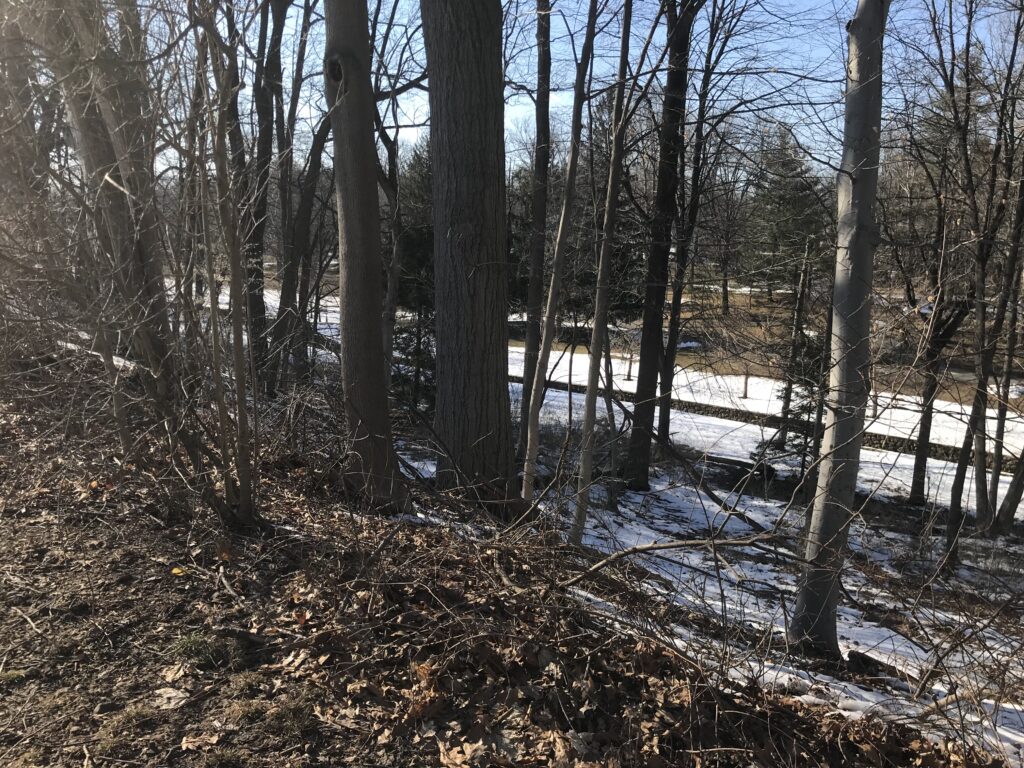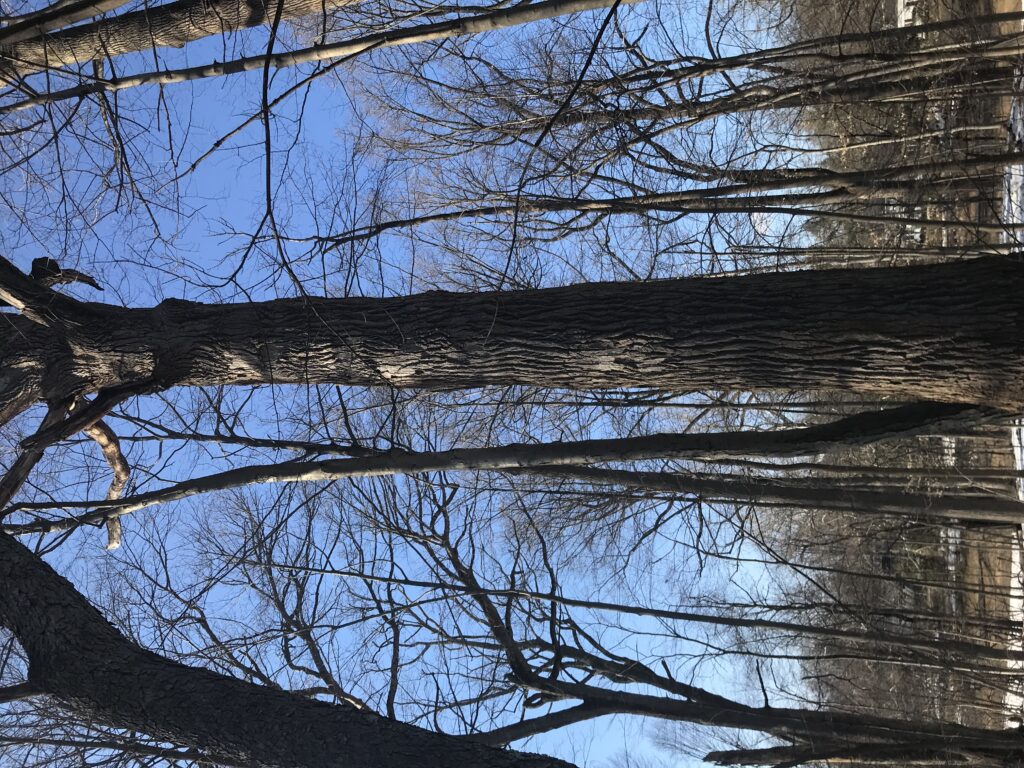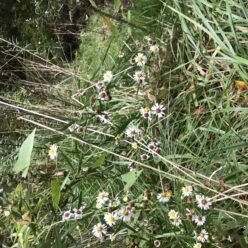On my time off during spring break I traveled back home to New Jersey. While there, I decided to check out a park that I often went to as a child, Grover Cleveland Park in Caldwell. Similarly to Shelburne Farms, this park was designed by Olmsted. He worked on several parks nearby this area, including Central Park in NYC and Verona Park.
Olmsted was known for his mixture of natural spaces and open spaces. Instead of ornamentals, he landscaped with native species. Just like my phenology spot at home, this park held yellow birch, American beech, and some elms, sugar maple. This spot however has trees that are older than those in Centennial woods. These trees are well over 100 years old and in their decaying years. Conservationists from the park have asked for donations to replace the dying trees. Both spots are deciduous forests, but Centennial woods is a hardwood forest and the forest type in New Jersey is oak/hickory.
While at the park I saw several grackles flying above the tree lines, their black bodices landing in the tree tops. I also saw geese lounging in the water feature at the park; a pond. There is no pond at my site in Burlington, only a stream, and I have yet to see any birds lounging in the water. Perhaps since New Jersey is not as frozen as Vermont, this is the reason why.
Tracking was difficult as most of the snow melted by the time I arrived home. The temperature was extremely warm this week, ranging from 50 to 70 degrees. This caused tracking to be difficult, but in the snow that was visible, I only saw dog tracks. The park is a place where people frequently bring their dogs.
Here are some photos of the park:


